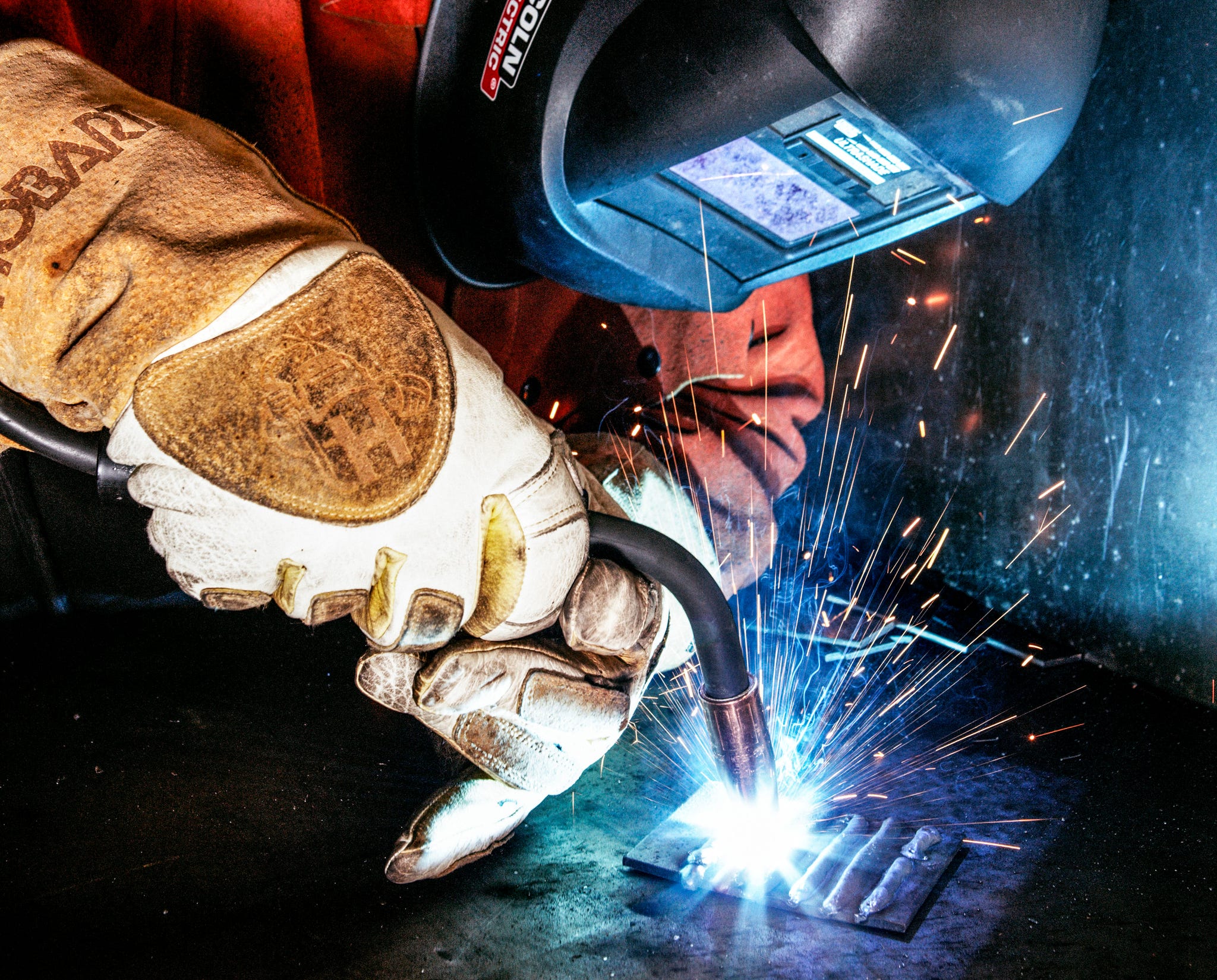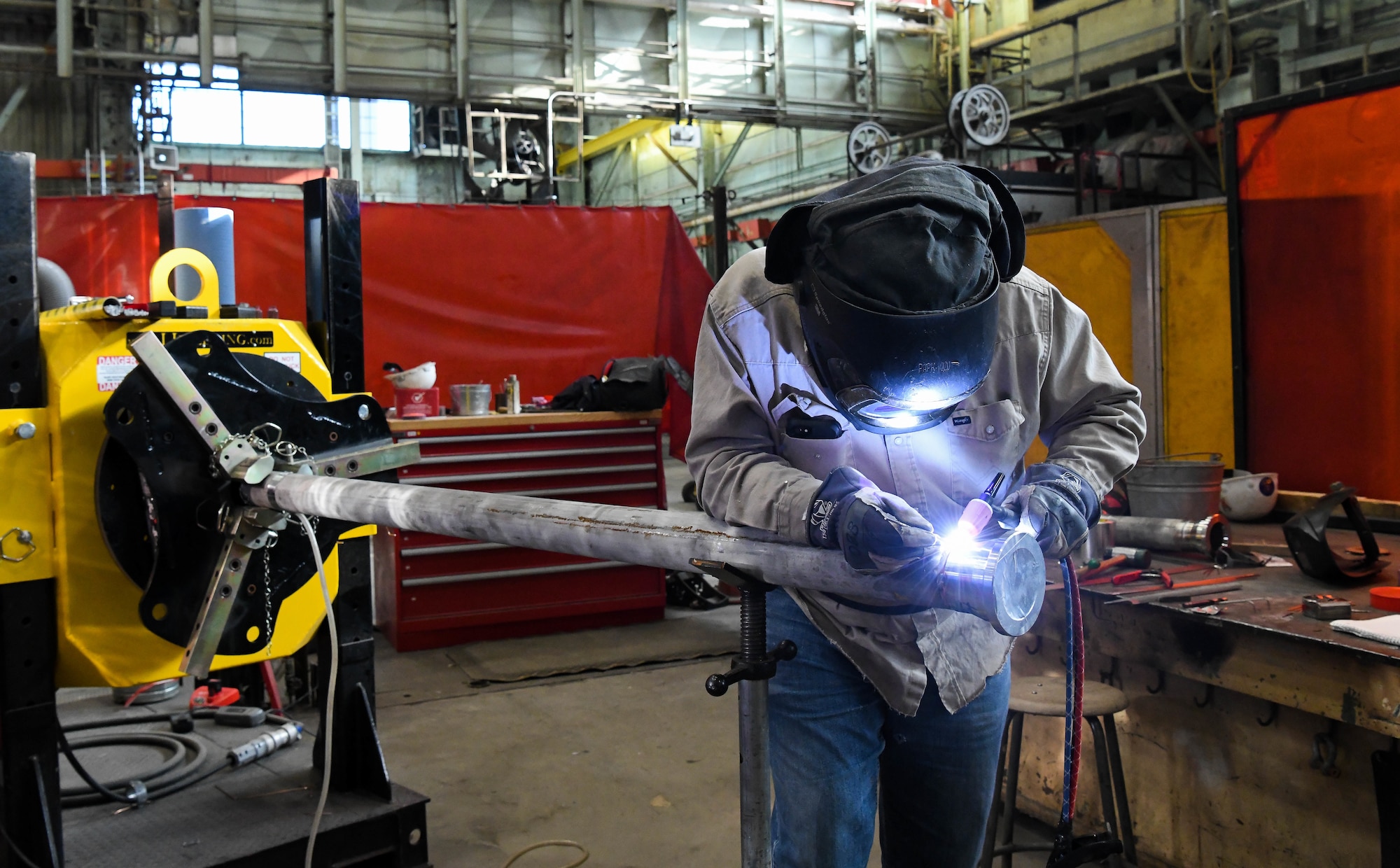Bonding WPS for Beginners: Getting Going with Welding Treatment Specifications
Bonding WPS for Beginners: Getting Going with Welding Treatment Specifications
Blog Article
The Ultimate Overview to Welding WPS Procedures: A Thorough Summary for Welders
In the complex world of welding, Welding Procedure Specs (WPS) work as the backbone of ensuring quality, consistency, and security in welding operations. Understanding the subtleties of producing, implementing, and keeping track of WPS treatments is vital for welders aiming to boost their craft and satisfy market requirements. As we look into the various parts of a WPS and discover the complexities of qualification and accreditation, we will uncover the important function these procedures play in the world of welding. Allow's embark on a trip to unravel the complexities and significance of WPS treatments in welding methods.
Relevance of WPS Procedures
Understanding the value of Welding Treatment Specs (WPS) procedures is critical for making certain the quality and integrity of bonded frameworks. WPS procedures function as a roadmap for welders, outlining the required actions, criteria, and products needed to accomplish an audio weld. By adhering to WPS standards, welders can ensure uniformity in their job, leading to reliable and structurally sound welds.
Among the main reasons WPS procedures are vital is their duty in keeping weld quality and integrity. Complying with the defined welding criteria and strategies outlined in the WPS helps avoid problems such as porosity, splitting, or incomplete combination, which can jeopardize the stamina and longevity of the weld. Additionally, WPS procedures are crucial for guaranteeing compliance with market requirements and codes. By complying with well established WPS standards, welders can demonstrate that their work meets the necessary needs for safety and quality, providing guarantee to customers, examiners, and regulative bodies. Basically, the significance of WPS procedures can not be overstated, as they are basic to attaining constant, premium welds that satisfy industry criteria and specs.

Parts of a WPS
A Welding Procedure Spec (WPS) usually makes up important components that information the certain demands for performing a weld, guaranteeing uniformity and top quality in the welding process. The key components of a WPS consist of crucial variables such as base metals, filler steels, preheat and interpass temperatures, welding processes, protecting gases, welding settings, and post-weld warm treatment needs.
Base metals refer to the products being joined, while filler metals are made use of to fill up the space between the base steels during welding. Preheat and interpass temperature levels are essential for managing the heat input and protecting against problems like cracking or distortion. The welding procedure describes the specific strategy to be used, whether it's gas steel arc welding (GMAW), protected metal arc welding (SMAW), or another technique. Shielding gases shield the weld pool from atmospheric contamination. Welding settings specify the orientations in which welding can be performed. Post-weld warm therapy may be needed to relieve tensions and enhance the weld's buildings. A complete understanding of these parts is essential for producing a efficient and thorough WPS.

Credentials and Certification
Having established the vital parts of a Welding Treatment Spec (WPS), the focus now shifts in the direction of the critical aspects of qualification and accreditation in welding methods.

Qualification, on the various other hand, is the formal acknowledgment of a welder's credentials by an appropriate qualification body or organization. Welding accreditations are generally based upon the particular welding processes, materials, and positions a welder is qualified to collaborate with. Holding a legitimate welding accreditation demonstrates that a welder meets industry criteria and is experienced to execute welding jobs to the needed specs.
Creating a WPS
To establish a Welding Procedure Requirements (WPS) that satisfies industry requirements, mindful consideration of welding procedures, materials, and operational criteria is essential. The first action in creating a WPS is to identify the welding process to be made use of, such as gas metal arc welding (GMAW) or shielded metal arc welding (SMAW)

Applying and Keeping An Eye On WPS
Upon completing the comprehensive Welding Treatment Spec (WPS) that carefully information welding procedures, products, operational parameters, and quality control procedures, the focus moves to efficiently implementing and monitoring the well established treatments. Implementation includes making certain that all welders associated with the job are familiar with the WPS and follow it carefully throughout the welding process. This needs giving ample training and guidance to guarantee adherence to the defined treatments. Keeping track of the WPS entails constant oversight to validate that welding activities straighten with the documented specs. Examinations, testing, and quality assurance procedures are essential components of the monitoring process to identify any kind of concerns or variances quickly. Normal audits and testimonials of the welding procedures help in maintaining consistency and quality throughout the task. Reliable implementation and tracking of the WPS are vital for ensuring the honesty, this article strength, and safety of the welded joints, ultimately adding to the total success of the welding project.
Verdict
Finally, understanding and complying with Welding Procedure Specifications (WPS) is vital for welders to guarantee top quality, consistency, and safety in their job. By recognizing the elements of a WPS, obtaining appropriate credentials and certifications, producing thorough procedures, and executing and checking additional hints them properly, welders can enhance their skills and proficiency in welding practices. Abiding by WPS procedures is vital for producing premium welds and conference industry requirements.
In the elaborate globe of welding, Welding Procedure Requirements (WPS) offer as the foundation of making sure top quality, uniformity, and safety and security in welding operations. The welding process describes the details method to be used, whether it's gas metal arc welding (GMAW), secured metal arc welding (SMAW), or an additional technique.To establish a Welding Treatment Spec (WPS) that meets industry requirements, mindful consideration of welding processes, products, and operational specifications is important. The initial step in producing a WPS is to identify the welding procedure to be made use of, such as gas steel arc welding (GMAW) or protected steel Find Out More arc welding (SMAW)Upon wrapping up the detailed Welding Procedure Specification (WPS) that thoroughly details welding procedures, products, operational specifications, and quality guarantee procedures, the focus shifts to effectively implementing and checking the established treatments.
Report this page